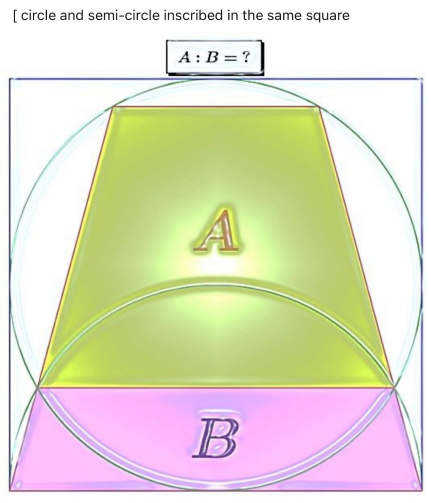
AllQuestion and Answers: Page 269
Question Number 194766 Answers: 2 Comments: 0
Question Number 194759 Answers: 1 Comments: 1
Question Number 194756 Answers: 3 Comments: 0
Question Number 194736 Answers: 0 Comments: 2
Question Number 194735 Answers: 1 Comments: 0

Question Number 194732 Answers: 2 Comments: 1

Question Number 194715 Answers: 0 Comments: 0

Question Number 194713 Answers: 0 Comments: 2

Question Number 194709 Answers: 1 Comments: 0
Question Number 194710 Answers: 0 Comments: 21
Question Number 194700 Answers: 0 Comments: 2

Question Number 194697 Answers: 2 Comments: 0
Question Number 194695 Answers: 1 Comments: 0
Question Number 194693 Answers: 1 Comments: 0
Question Number 194685 Answers: 1 Comments: 0

Question Number 194662 Answers: 0 Comments: 2
Question Number 194654 Answers: 1 Comments: 0

Question Number 194652 Answers: 0 Comments: 0

Question Number 194649 Answers: 0 Comments: 3
Question Number 194648 Answers: 3 Comments: 3

Question Number 194642 Answers: 2 Comments: 0
Question Number 194640 Answers: 1 Comments: 0
Question Number 194638 Answers: 1 Comments: 1
Question Number 194637 Answers: 4 Comments: 1
Question Number 194636 Answers: 0 Comments: 3

Question Number 194634 Answers: 1 Comments: 0
Pg 264 Pg 265 Pg 266 Pg 267 Pg 268 Pg 269 Pg 270 Pg 271 Pg 272 Pg 273
